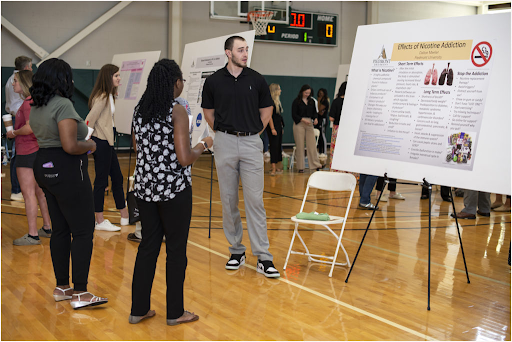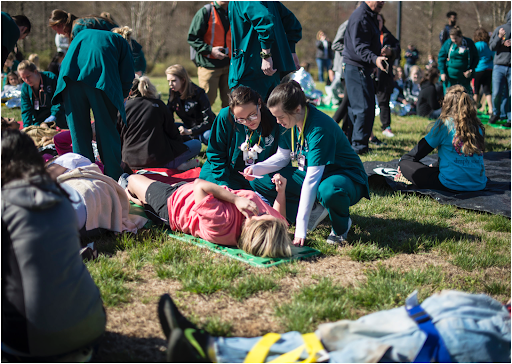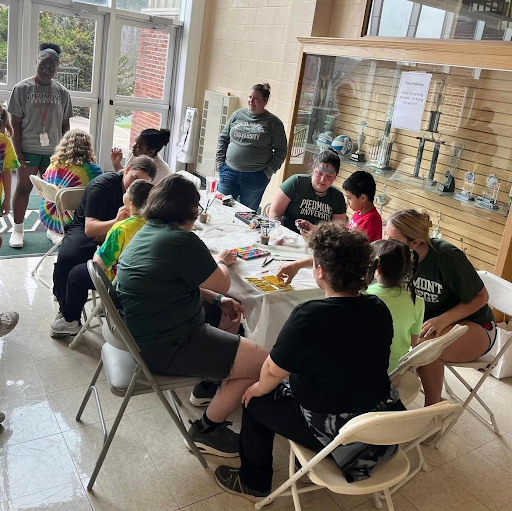By Manyi Eno
News Editor
On Saturday Sept. 27, an email was sent out to students from Emily Petit, the dean of
student engagement and director of career and personal counseling about confirmed
cases of ringworm in the Piedmont residential student population. The email read that
administration believed that the ringworm was caused by several pet violations in the
residence halls.
Attached in the email was a ringworm fact sheet with information about what ringworm
is, how to recognize signs and symptoms, how the fungus spreads, treatment and
prevention methods.
Associate Professor of Nursing Laura Starrett explained that ringworm is in fact a
contagious fungus and can be easily treated if taken care of properly.
Starrett said that ringworm can be found in soil and is particularly carried by cats.
“It can be spread by personal contact, sharing brushes, hats, linens and even laying on
each other’s pillows,” said Starrett.
According to the ringworm fact sheet, the fungus can also be contracted by coming in
contact with sporting equipment, shower surfaces or even students washing the laundry
of an entire athletic team.
“Make sure you wash your hands and wash your bed linens in hot, soapy water more
frequently,” said Starrett.
Students are also reminded in the email that furry animals are not permitted in the
residence halls.
“If students are around a cat that has it, either stay away from the cat or treat the cat,”
said Starrett.
There are different types of ringworm and athlete’s foot is a type, Starrett said. “An
athlete would be more prone to catching athlete’s foot if they are in showers that they do
not know have been cleaned.”
“It can be easily treated if you use anti-fungal like Miconazole. Any over-the-counter
anti-fungal can treat ringworm.”
Students who think they may have contracted the fungus or want to know more
information about how to treat it are encouraged to visit Head Athletic Trainer Matthew
McKinney in the Mize Center Athletic training room.
To view the full ringworm fact sheet and to find out more information about the
fungus, , students can visit the roar at www.piedmontroar.com.
















